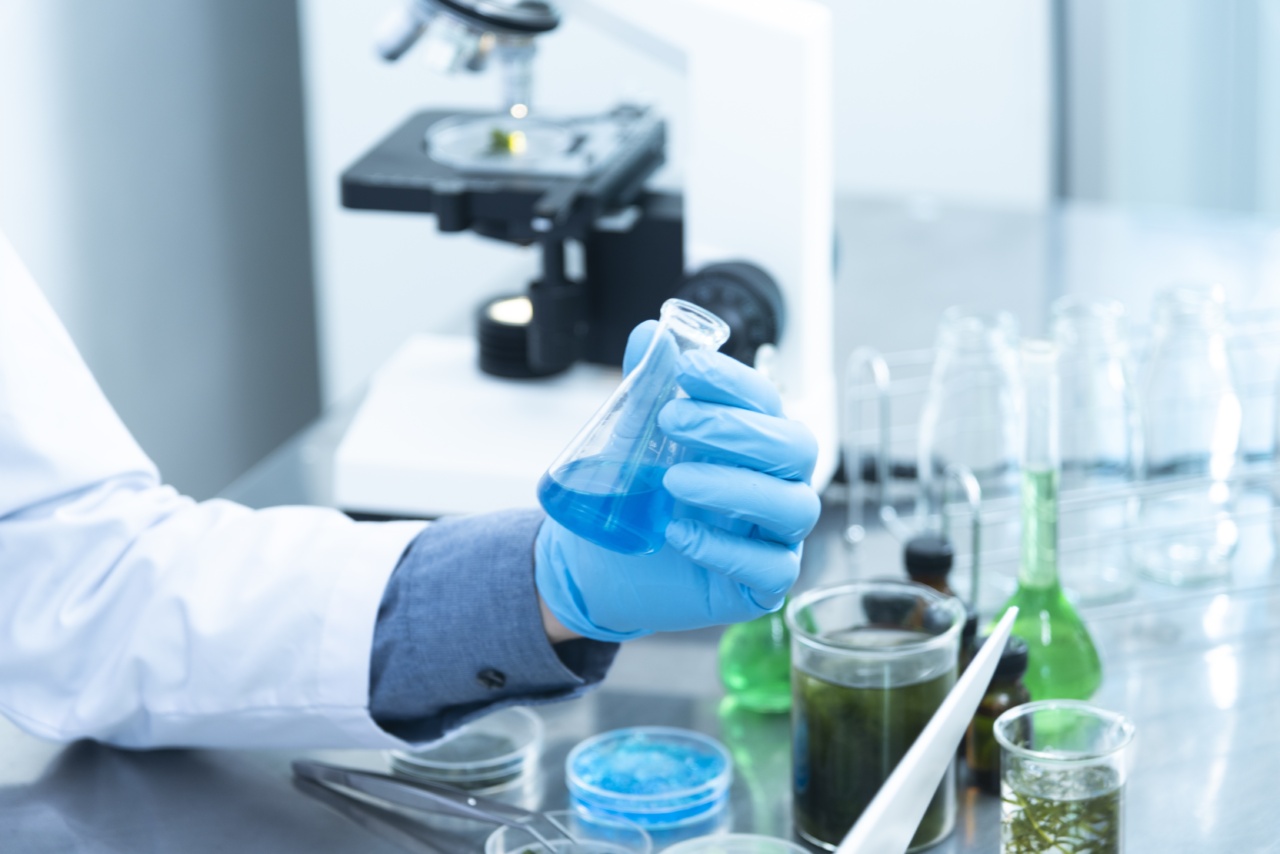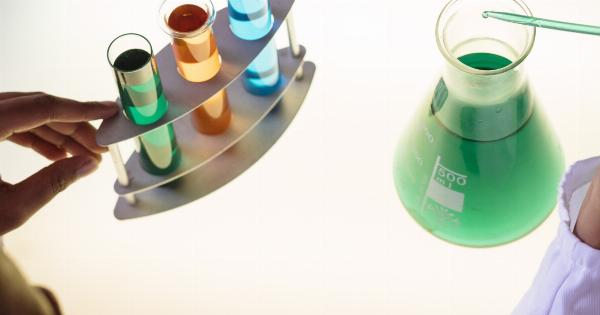The term chemistry is often used to describe the spark that ignites an intimate relationship between two people. This mysterious chemistry is said to be the key to attraction, bonding, and even the longevity of a relationship.
But what exactly is sexual chemistry, and how does it work? In this article, we’ll explore the science behind sexual chemistry to understand what happens inside our bodies when we’re attracted to someone.
What is sexual chemistry?
Sexual chemistry refers to the physical and emotional attraction that develops between two people. It’s the feeling of desire, connection, and intimacy that draws us toward a potential partner.
Sexual chemistry is often described as a mix of biological, psychological, and social factors that come together to create an intense and mysterious attraction.
The role of pheromones
Pheromones are chemical signals that animals and humans use to communicate with each other. These chemical signals are released through sweat, urine, and other bodily fluids, and they play an important role in sexual attraction.
Studies have shown that humans can detect pheromones from the opposite sex, and that these pheromones can influence everything from sexual arousal to menstrual cycles.
Some researchers believe that pheromones play a key role in sexual chemistry.
According to the “sweaty T-shirt” experiment, men’s T-shirts were collected after they had worn them for two nights and women were asked to rate the smell of the T-shirts. Scientists found that the women preferred the smell of T-shirts worn by men who were genetically dissimilar to them, suggesting that our sense of smell plays a big role in mate selection.
The science of attraction
Attraction is a complex process that involves a combination of physical, emotional, and cognitive factors.
Studies have shown that the physical features we find attractive in others can be traced back to evolutionary factors, such as symmetry, health, and fertility. For example, women are often attracted to men with broad shoulders and a strong jawline, as these physical features are associated with testosterone levels and reproductive health.
Beyond physical attractiveness, attraction is also influenced by social and psychological factors.
Like-minded individuals who share similar values, beliefs, and interests are often drawn to each other, as are those who display confidence, kindness, and humor. These factors can create an emotional connection and deep bond between two people, leading to long-lasting relationships.
The role of neurotransmitters
Neurotransmitters are chemicals in the brain that transmit signals between neurons, and they play a crucial role in attraction and sexual chemistry.
When we are attracted to someone, our brains release a rush of dopamine, a neurotransmitter associated with pleasure and reward. This surge of dopamine creates a feeling of euphoria and excitement, similar to the feeling of using drugs.
In addition to dopamine, other neurotransmitters that play a role in sexual chemistry include serotonin, oxytocin, and testosterone.
Serotonin is involved in mood regulation and can influence our perception of others, while oxytocin is often called the “cuddle hormone” because it is released during physical contact and plays a key role in bonding and trust. Testosterone, which is more commonly associated with men, also plays a role in female sexual desire and can increase attraction between partners.
The complexity of sexual chemistry
Despite advances in scientific research, sexual chemistry remains a complex and mysterious process.
While pheromones, physical attraction, and neurotransmitters all play a role in attraction, sexual chemistry also involves individual differences, culture, and societal norms. People can have different preferences when it comes to physical appearance or personality traits, and these individual differences can influence attraction and sexual chemistry.
Cultural and societal norms can also influence sexual chemistry. Attraction can be shaped by social cues, such as clothing, body language, and language use.
For example, men may be more attracted to women who display traditional feminine traits, while women may be more attracted to men who display confidence and status. These social and cultural norms can also create biases and stereotypes that influence attraction and mate selection.
The impact of sexual chemistry on relationships
Sexual chemistry can play a major role in the success, or failure, of a relationship. A strong physical and emotional connection between partners can create a deeper bond and increase relationship satisfaction.
On the other hand, a lack of chemistry or attraction can lead to dissatisfaction and even breakups.
However, sexual chemistry is not always a reliable predictor of the longevity of a relationship. Over time, physical attraction and sexual desire can wax and wane, and other factors such as shared values, communication, and trust become more important.
A deep emotional connection and mutual respect are often the foundations of long-lasting relationships, even if sexual chemistry has diminished.
Conclusion
Sexual chemistry is a complex process that involves a combination of biological, psychological, and social factors. Pheromones, physical attraction, neurotransmitters, and cultural norms all play a role in attraction and sexual chemistry.
While this chemistry can be a strong driver of intimate relationships, it is not always a reliable predictor of relationship success. Ultimately, a deep emotional connection, mutual respect, and a shared sense of values are the foundations of long-lasting relationships.






























